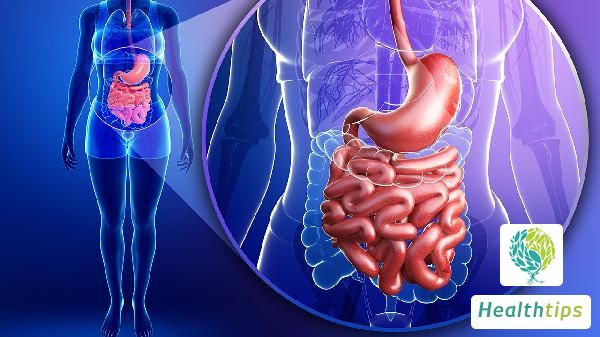Is it okay to get an IUD inserted if I have an inflammation?
Women with gynecological inflammation should seek treatment for the inflammation before considering the insertion of an intrauterine device (IUD).

Inserting an IUD involves placing the device into the uterine cavity through the vagina and cervix. If there is inflammation in the vagina or cervix, the pathogenic bacteria may be introduced into the uterine cavity during the insertion process. This may lead to ascending infection, increasing the risk of endometritis, salpingitis, adnexitis, and pelvic inflammatory disease. The procedure may also cause endometrial bleeding, further exacerbating the condition.
Women need to undergo a series of examinations before deciding to insert an IUD. Common examination items include a vaginal smear test and a B-scan of the uterus and its accessories. These examinations help doctors determine the presence of inflammation. If the results indicate inflammation, aggressive anti-inflammatory treatment must be carried out, and the insertion of the IUD should be considered only after the inflammation has completely subsided.
Even if the IUD is successfully inserted in the absence of inflammation, women need to take preventive measures to avoid infection. After the insertion, doctors usually recommend the use of corresponding medications to control infection. Regular follow-up checks on the position of the IUD are also crucial to ensure that it has not shifted, thereby effectively preventing pregnancy.
Women can initially judge the presence of gynecological inflammation through certain symptoms. For example, abnormal vaginal discharge, lower abdominal pain, and irregular menstruation are common symptoms of inflammation. If these symptoms appear, medical attention should be sought promptly for detailed examination and treatment.
The treatment methods for gynecological inflammation vary and depend on the type and severity of the inflammation. Common treatment methods include oral antibiotics, topical medications, and physiotherapy. Doctors will develop personalized treatment plans based on the specific conditions of the patients.
After IUD insertion, women need to pay attention to certain aspects in their daily lives. Maintaining good personal hygiene habits, avoiding excessive fatigue and stress, and consuming diets rich in vitamins and minerals all help prevent infection and maintain good health.
Regular follow-up checks after IUD insertion not only ensure the correct position of the IUD but also allow for the timely detection and management of possible complications. Generally, women should undergo follow-up checks one month, three months, six months, and one year after the insertion, and thereafter, annual checks can be performed as recommended by the doctor.
Through these measures, women can effectively prevent infection during the IUD insertion process, ensuring good health and contraceptive effectiveness. If you have any questions or discomfort, it is recommended to consult a professional promptly for personalized guidance and treatment.



















